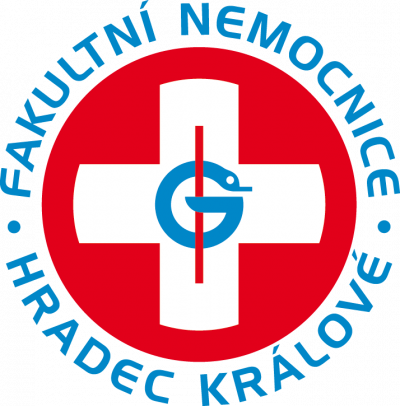Phantom for ultrasound navigated brain surgery training
Technology description
| The name of the technology: | Phantom for ultrasound navigated brain surgery training |
|---|---|
| Challenge: | A very promising way to control the course of brain tumor surgery is through a combination of several imaging methods. The "underlying three-dimensional detailed maps" of the whole brain are composed in advance of magnetic resonance imaging and computed tomography. During and before the operation, some parts of the brain move and these "maps" are then slightly - but significantly - inaccurate. Therefore, just before the procedure and during the work of the neurosurgeon, real-time ultrasound control helps to show the current exact situation of tumor removal, movement of parts of the brain, etc. on previously obtained "maps" - thus serving as a surgeon's navigation. This procedure is not easy to handle and really usable and meaningful options, how the surgeon can build a skill, gain experience is not for many reasons enough. There is no available and practically usable training model on the market for acquiring all the necessary skills in a way close to the actual operation. |
| Description: |
The technology presented is a disposable operable brain model (phantom) containing key brain structures and including several tumors. Compared to available solutions (expensive silicone models - useful for practicing imaging, not surgical procedures, or virtual models - good for basic orientation but rather unreal to "manual" work training), a way to produce a relatively inexpensive disposable phantom that is truly " consumed "in an exercise which, with its texture and other physical properties, truly simulates individual parts of the brain and the imaging methods used depict it very closely, as real parts of the brain. The system includes a method of manufacturing individual parts, a method of assembling the entire brain phantom with great precision, a method of manufacturing materials for individual brain parts, recipes for the production of materials ensuring fidelity to the original, protection during transport and longer and easier storage. |
| Commercial opportunity: |
Due to the rise of perioperative guided ultrasound technology, which is being promoted jointly by Brainlab AG and BK Medical (R), sophisticated phantoms are already in great demand for training in this technology. The presentation of this "hands-on" technology is impossible without a quality phantom. Such a phantom should be used in areas ranging from R+D, marketing, presentation at congresses, holding hands-on workshops, for direct sales to neurosurgical workplaces and individuals. There is currently no such phantom on the market. According to the World Federation of Neurosurgery, which lists the numbers of surgeons in most countries of the world, it can be estimated: ca. 15,000 potential users in the "developed world" specializing in head neurosurgery. We potentially consider more than a multiple in the future for early training at medical faculties and before attestation training. It is a product for single use, but it is not for everyday use - it is used on average 1-2 pieces per year and we consider that about 10% of neurosurgeons will undergo navigation training per year - the annual worldwide market can be about 2250 pieces sold per year. The annual turnover could therefore be at the level of approx. EUR 1.5 million at a price of EUR 600 per piece, of which EBITDA per year could be approximately 1/3, ie EUR 500,000. The potential is in better control of production and accuracy, and / or the development of a simplified variant leading to a reduction in the selling price and a more massive use of the phantom in teaching and training. On the other hand, it may be possible to produce training brains according to the customer's design for training a specific difficult operation, it would be about another manufacturing technology (probably 3D printing) and potentially at a higher price, but this is not realistic yet. Intended for target users - physicians, manufacturers of medical equipment to demonstrate the function and organized workshops for physicians - users. |
| IP protection status: | Secret know-how: recipe, production process, construction of production molds, data bases and modified 3D brain data models. |
| Development status: |
Phase 2Corresponds with TRL 3 and TRL 4 Feasibility study. There is a realistic design of the technology and the initial tests in the laboratory are leading to the specification of the technology requirements and its capabilities.
|
| Partnering strategy: | Co-development Collaboration investment licensing |
| More information: | |
| Images: | No picture inserted |
| Categories: | Medical Devices Life Science and Health |
| Owner of a technology: | Fakultní nemocnice Hradec Králové |
